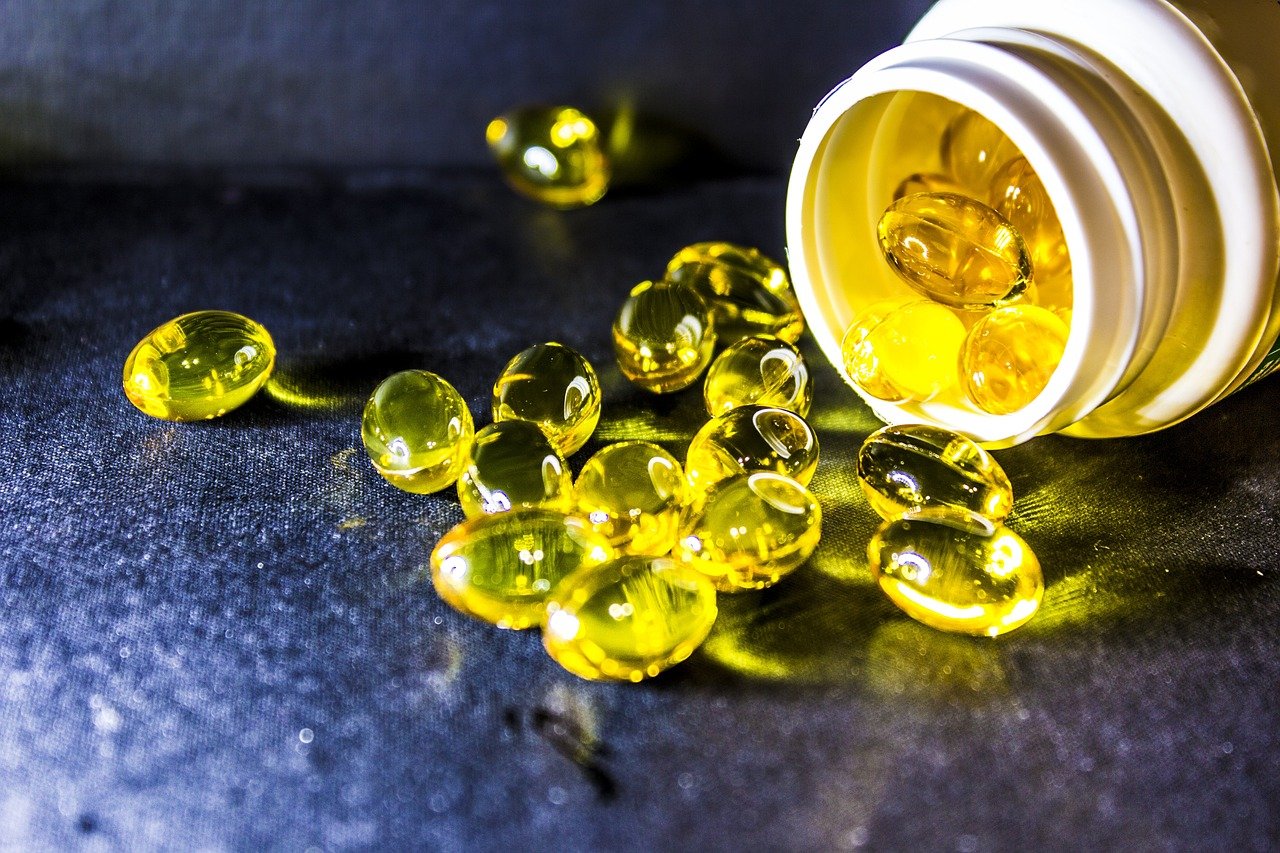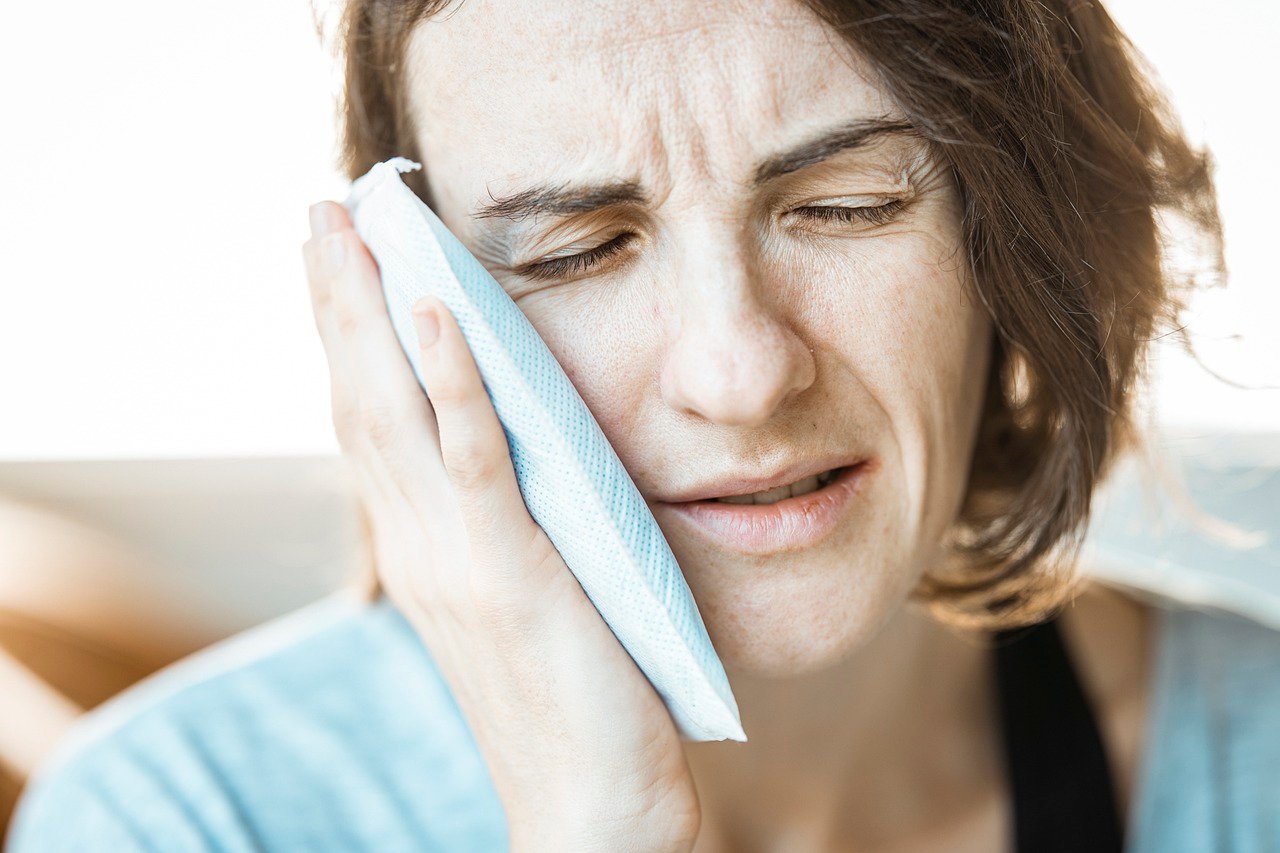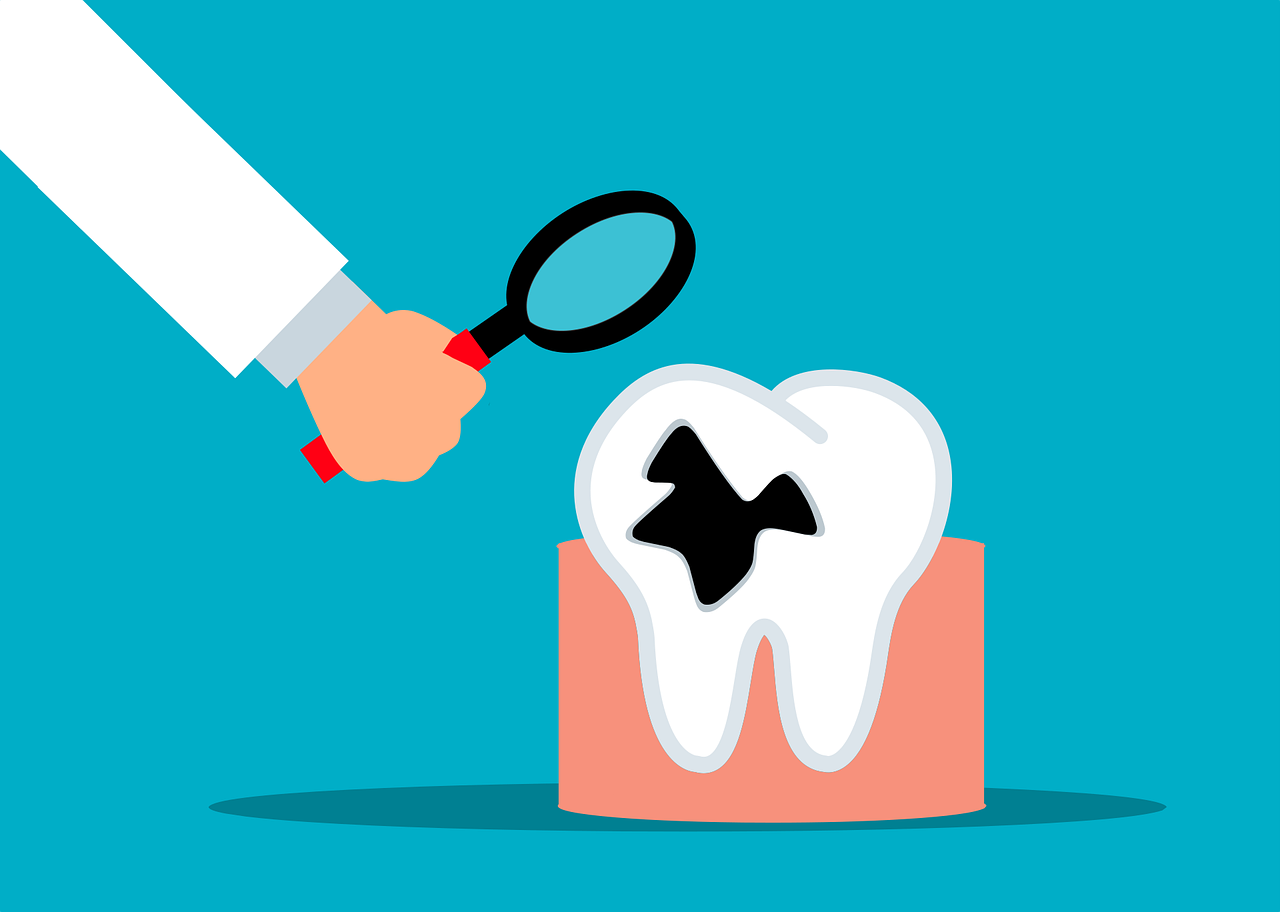“The art of medicine consists in amusing the patient while nature cures the disease”
Voltaire
Medicine, be it in any form, acts as an adjunct to make human life more happy and healthy. Today, in the digital age, we have come through a long way and are witnessing advancements in every field, health sector being not untouched. Still, the age old practice of alternative/folk medicine is always seen in demand. It uses the natural products or resources in healing of different ailments. Mind, body and spirit are the target areas of the holistic approach of medicine which aims not only in the treatment of the disease but to also make the human life much healthy.
Though, dental science is not a specialized branch of Ayurvedic medicine, but it is well explained in its system of surgery, i.e., Shalakya Tantra. The holistic dentistry gains its origin at around 1800, when the harmful effects of amalgam restoration (silver filling) were recognized by National Dental Association. Weston A Price further found a connecting link between the tooth decay and some major health hazards like heart, kidney and lung problems. Also, an increased incidence of resistance by the pathogenic (disease causing) bacteria to modern antibiotics, and financial limitations especially in developing and poor countries lead to a global demand of medicines that are safe, effective and economical. The natural herbs derived from the medicinal plants help in curing many oral diseases more effectively.
The word “Ayurveda” is derived from ‘Ayu’ meaning life, and ‘Veda’ meaning knowledge. This clearly imparts that Ayurveda is the knowledge of life. It is an ancient old practice being practiced in the Indian subcontinent region and now attracting the world population. This 5000 year old medicinal system holds the capacity to treat the disease and heal the body from inside out efficaciously. Ayurvedic science is based on the fact that all the objects in the universe including human’s body is composed of base elements like earth, water, energy, air and space. The biological mixture of earth and water forms “Kapha”, water and energy amalgamate to form “Pitta”, and air and space blend into “Vata”. The structural unit of human body is formed by Kapha molecules, whereas enzymes and hormones that are responsible for food digestion are maintained by Pitta molecules and the different activities of the body are controlled by Vata molecules. The three molecules, i.e., Kapha, Pitta and Vata together form the three pillars of life and stabilizes the life activities when in normal state, both qualitatively and quantitatively. The ayurveda states that any imbalance between these three molecules will lead to a diseased state or sometimes even death. As far as dental science is concerned, Ayurveda provides a rich reservoir of knowledge to treat various oral related diseases. As with the general health, Ayurveda deals with dental individual in the same way depending upon the individual’s constitution and the environment in which one dwells.
Ayurveda recommends soft brushes made up of tips of fresh stems of ‘Akra’, ‘Catechu’, ‘Banayan’, ‘Karanja’, or ‘Arjuna’. These healthy, soft and straight (without any knots or leaves) stems should be picked from clean surroundings. The fresh twigs of neem, babul, mango, guava, roots of pillu and dandrasa are used as datun (teeth cleaning twig). These chewing sticks are recommended to use after every meal so as to prevent oral diseases and maintain the oral health. The sticks are crushed at one end and then chewed gradually to remove all the plaque from the teeth.
The monsoon and summer season is dominated by Vata, Pitta predominates in the monsoon and autumn season whereas Kapha develops in spring and winter season. Thus, the selection of twig is also based on the environment and the individual’s nature. For example, bitter taste twig is helpful in Pitta dosha, people with Kapha dosha should use twigs with pungent taste.
The tooth powders of triphala (amalaka, haritaki and bibheetaka), or trijataka (cinnamon, cardamom and tamal patra) when mixed with honey and saindhava salt (rock salt) are well recommended for people with Kapha and Pitta constitutions. Apart from this, equal quantity of ginger, pepper, pippali, cinnamon, cardamom, tamal patra, tejovati, triphala, catechu, and saindhava salt in powder form mixed with sesame (til) oil helps in maintaining a healthy state of teeth, gums and overall health of the mouth. Oil pulling is a therapy where virgin coconut oil, sunflower oil or sesame oil is swished in the mouth and spit. This therapy that is explained as Kavala or Gandusha in Charaka Samhita helps in curing many systemic and oral diseases including migraine, diabetes, gum disorders, oral ulcers etc. in Kavala therapy, a comfortable amount of liquid is filled with liquid medicine and gargled for about 3-5 minutes and then spitted out while in Gandusha method significant amount of liquid medicine is held inside the method so that no gargling is possible, held for some time and then spitted out. These methods help in getting rid of common mouth problems like bad breath, bad or loss of taste, oral ulcers, gum related problems, sore throat to name a few.
Fever, cough, short breath, diseases of mouth and face including lips, tongue, teeth, palate or facial palsy, indigestion, constipation, heart disease, bleeding disorders, or episode of syncope are some of the states where mouth cleaning using twigs are contraindicated.
Cold/warm water, sesame oil or cold milk is used for “Mukh Prakshalan” or gargling of mouth. Warm saline water gargles do exert a cleansing action on teeth, gums, tongue and palate. Cold milk gargles helps in managing a case of stomatitis/inflammation of mouth that leads to several oral ulcers and redness inside the mouth. Hypersensitivity of gums to sour food can be healed by gargling sesame oil. It also prevents oral ulcers and helps in strengthening of teeth and gums.
Bleeding disorders, general weakness, conjunctivitis (eye inflammation), poisoning are some of the states where Ayurveda restricts the use mouth gargles in any form.
A soft, smooth, thin plate with rounded edges and length approx. equal to 10 fingers that is made up of wood, gold, silver or copper can be used effectively to clean the tongue. Amla (Indian gooseberry), a Rasayana herb according to Ayurveda is considered a general remodeler of different tissues of mouth including the gums. Also, Bilberry fruit and hawthorn berry helps in strengthening of gum tissues by stabilizing the collagen.
Ayurvedic or herbal form of medicines are non-toxic, biocompatible and believes in treating the root cause of the disease and thus, positively impacts overall life of a person rather than just treating the symptoms of disease. Also, holistic dentistry prevents the use of any toxic or harmful material in the mouth when treating the carious tooth. Though, herbal medicines are cheap to buy but inadequate use of even herbal medicines can cause more harm than good. Hence, more of population based study with herbal medicines and proper patient awareness is of utmost importance while using any medicine.
Ayurveda is not just a medicine to treat a disease but is a form of lifestyle that enables one to live a happy and content life. Your mind, body and soul are precious.
Do take care of them.







